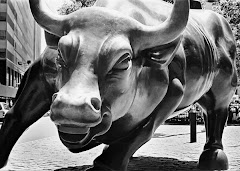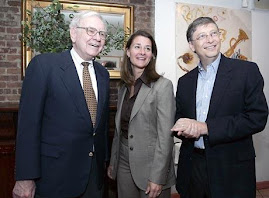-------------------------
December 26, 2002
This Cabbie's Worth A Million Bucks
G.K. Singam came to Singapore over 30 years ago with just $7 in his pocket. Today, he has an investment portfolio worth $1.1 million. He tells Fundsupermart Magazine where he has put his money to work and what he plans to invest in.
by Bharathi Rajan
Fundsupermart
Jan/Feb 2003 issue
Sim Wong Hoo Was His Regular Customer
In his 20 years as a taxi driver, "Singam" (as he's kn
 own to his colleagues) has driven possibly thousands of passengers. So over the years he has accumulated a wealth of knowledge from the conversations he has had with his customers who come from all walks of life. One of his most memorable encounters was with Creative Technology's Chairman Sim Wong Hoo. "Creative's boss was my regular customer 20 years ago, when he had a small office at Ayer Rajah Crescent. I learnt a lot from him. He was very humble and never had a chip on his shoulder. He would treat his staff very well and his character is good. I don't believe he'd ever do any hanky-panky." It was this regard for the character of Sim that led him to buy stocks of the local tech behemoth.
own to his colleagues) has driven possibly thousands of passengers. So over the years he has accumulated a wealth of knowledge from the conversations he has had with his customers who come from all walks of life. One of his most memorable encounters was with Creative Technology's Chairman Sim Wong Hoo. "Creative's boss was my regular customer 20 years ago, when he had a small office at Ayer Rajah Crescent. I learnt a lot from him. He was very humble and never had a chip on his shoulder. He would treat his staff very well and his character is good. I don't believe he'd ever do any hanky-panky." It was this regard for the character of Sim that led him to buy stocks of the local tech behemoth."I purchased Creative's stock at around $7. When it went up to $38, I sold it off. Then when it went down to $17, I bought some more; those shares I have kept," says Singam, who has an investment portfolio worth $1.1 million. That is quite an achievement for someone who left Malaysia 37 years ago, and arrived in Singapore with just $7 in his pocket………
………Not one to rely on charts, graphs, and price-to-earnings ratios, Singam has a different approach to stock picking. He places a premium on the character of those at the helm, the relative financial stability of the company, and the kind of environment it operates in. And he has a bias for government-linked firms. "I don't like stocks that aren't government backed. Think about how many people depend on the government." Elaborating on some stocks, which he owns, that fit the bill, he says: "Take Comfort Group, for example. They gave me 25,000 shares first and then topped it up to 50,000. When the share price hit $1.32, I sold the shares. And when the price dropped to $0.62, I bought the shares back. I like the company because I work for the company and I know what is going on inside. And Comfort Group has more than 11,000 cab drivers. This is not a company that the government will allow to go bust. How many other companies have this many staff? It's the same with SIA. Look at how many people it employs. And it has paid up for its planes. Very few airline companies can do that."………..
So I hope that you will be inspired by this success story. This is not a success story of a man far away in America, but a simple man who is here right on this little island. He probably didn’t realise that what he has been doing (or his approach) is exactly the teaching of Warren Buffett.



.JPG)
.JPG)





